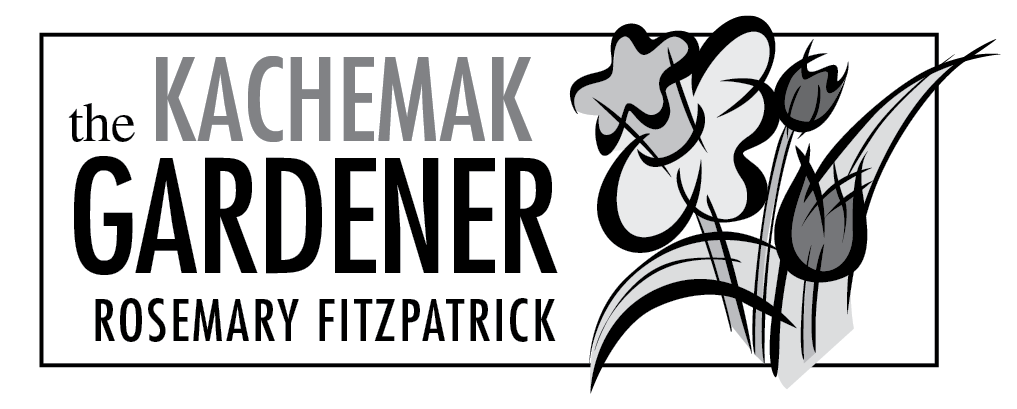Please, don’t let Al Gore know how much I’m loving this March and April. I feel like I should be wearing a hair shirt and walking on my knees to atone for my delight.
I’ve often said that if you don’t want nine months of winter/almost winter than you shouldn’t live here. You want fruit trees? Go to Washington. You want watermelons? Go to Texas. You want everything else? Stay right here.
I’ve lived here so long I don’t really remember what a spring in Central New York is like. All of my gardening experience has been here. But there is something in my DNA that rebels come March and flat out goes to war in April.
Not this year. This has been fantastic. I have actually been digging in dirt; planted a row of lettuce and radish in the ground. How excellent is that? I am savoring every minute but waiting for the shoe to drop. I follow the weather on weatherunderground.com and it promises me there will be no surprises. Ha. Weather.
John mowed the lawn today. This is the earliest ever. A friend mowed his March 31. Goodness. I hear mowers all around me. How interesting. Keep in mind that you can leave the clippings on the lawn if you don’t have mounds of them.
I somehow managed to miss all the information either broadcast or written about the spruce aphid. (See related story, this page.) I have been asking those who did pay attention and they have all had differing interpretations. Interesting. So, off I went to the Cooperative Extension Service office in Soldotna and had a lovely chat with Casey Matney, the agent.
He sent me off with a handout and here’s what I gleaned from that: The trees won’t die, but won’t ever regain their magnificence. The aphids are most active late winter/early spring and again in the fall. A breakout will last a few years and you can just wait it out, i.e. do nothing.
I intend on using the brass nozzle on the hose and blasting away. That’s what I do when there are aphids in the perennial/vegetable plot/greenhouse. Forceful application of water has worked there so I’ll see how it goes on the trees. Wish me luck. Of course there are chemicals, but I like to sleep at night. And don’t forget to use the staff at theCooperative Extension Service, they are knowledgeable and helpful, what more can you ask for?
It took years for me to learn to leave the perennial beds alone come spring. My wont is to go muddling about which disturbs any seedlings last years annuals sowed. I have literally dug up loads of lovely plants all in the name of tidiness. Good grief. No more. I leave the soil alone. Lo, here come scads of annuals all on their own volition.
Except — wait for it — there are too many of everything. I’m bustling about, trowel in hand, digging up clumps of this and that and moving them here and there. My usual non-design garden plan. Works for me.
I got after the Theresa Bugnet roses the last couple of days. This is a particularly gorgeous rose, medium pink, double, fragrant with arching branches. It has behaved itself for years except for the last three and then it decided to take a walkabout. It traveled in front of the guest room egress window. This created a twofold problem: 1) they blocked the view 2) can you imagine needing to vacate the room via the window and being faced with rose bushes? In your pajamas? No. They have been dug up and sent off to good homes.
But this really is a good time to take a look at all of your shrubs, especially roses. Sharpen you pruning shears (scrub them first) and go forth. Cut out whatever is dead, broken or in the way. Cut off spent flower heads. It is amazing how lovely the whole plant will look. How groomed. How ready to explode into blatant loveliness. Give it a go. You won’t regret it. Time well spent.
Note: Janice Chumley, the Integrated Pest Management savant at the Cooperative Extension Service (there it is again) will be the guest speaker at the Homer Garden Club at 2 p.m. Sunday at the Bidarka. Her topic will be potatoes.
Rosemary Fitzpatrick is a longtime Homer gardener. She has been writing Kachemak Gardener since 1990.


